Black steel pipe, also known as black iron pipe or welded steel pipe, is an ordinary steel pipe whose surface is not coated. Its name comes from the black iron oxide layer that is naturally formed on the surface of the steel during the manufacturing process. During the steel forging process, when the high-temperature steel pipe is exposed to the air, its surface will react chemically with oxygen to form a dense black oxide layer. This dark oxide layer gives the black steel pipe a unique appearance. Although this oxide film is not as strong as a special anti-corrosion coating, it can provide basic anti-corrosion functions to a certain extent. At the same time, it eliminates the need for complex additional treatment of the steel pipe surface, thereby reducing production costs. Black steel pipes are mainly made of low-carbon steel or carbon structural steel. Common materials include grades such as Q195 and Q235. These materials have good machinability and welding properties and can meet the basic requirements of most industrial applications.
1. Properties and manufacturing processes of black steel pipes
Black steel pipes are made of low carbon steel or carbon steel and are usually not galvanized or otherwise surface treated. The surface of these steel pipes forms a natural iron oxide coating due to contact with air during the manufacturing process, which gives them a black appearance. Although this black surface is relatively rough, its naturally formed oxide layer can provide a certain degree of corrosion resistance.
The manufacturing process of black steel pipes usually includes two main methods: welding and seamless. The choice of these two methods will affect the final performance and application areas of the steel pipe.
Welded black steel pipe: The pipe is formed by butting the edges of the steel strips and connecting them through welding techniques such as resistance welding. This process is economical and suitable for large-scale production. Welded black steel pipes are produced quickly and are suitable for pipes with larger diameters.
Seamless black steel pipe: The steel billet is first heated and extruded into a tube, and then further rolled and processed into the final product. Although this process has a higher production cost, the seamless pipe has no seams, a more uniform structure, and stronger pressure resistance.
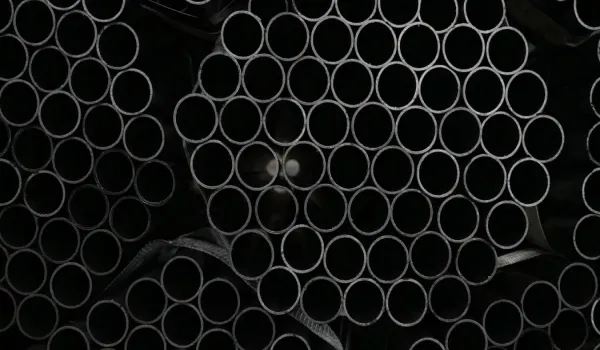
Basic characteristics of black steel pipes
Physical properties: Black steel pipes have significant toughness and machinability, which facilitates subsequent processing operations such as bending, cutting and welding. This excellent processing performance allows black steel pipes to be flexibly adjusted and installed as needed at the construction site.
Strength performance: Black steel pipes usually have high compressive and torsional strength, and their strength performance depends on the specific material and manufacturing process. Taking the commonly used Q235 material as an example, its yield strength can reach 235MPa, which can meet the mechanical requirements of most structural applications.
Economical efficiency: Due to the omission of surface treatment processes such as galvanizing and painting, the production cost of black steel pipes is relatively low, and the market price is more economical, which makes it an ideal choice for cost-sensitive projects.
Surface characteristics: The surface of black steel pipes is relatively rough, which provides a good adhesion basis for its subsequent anti-corrosion treatment (such as painting or coating). Users can carry out targeted anti-corrosion treatment on black steel pipes according to the actual use environment to extend their service life.
Manufacturing process and technical standards of black steel pipes
The manufacturing process of black steel pipes is a complex process system involving metallurgy, thermal processing and mechanical treatment. Its core lies in converting steel billets into tubular products with specific sizes and properties. According to different product requirements, the production of black steel pipes is mainly divided into two major production processes: seamless steel pipes and welded steel pipes. The production of seamless steel pipes usually adopts hot rolling or cold drawing process, and solid steel billets are made into seamless steel pipes through perforation, rolling and other steps. Such steel pipes have uniform wall thickness and high pressure bearing capacity, and are suitable for harsh working conditions such as high pressure and high temperature. Welded steel pipes use steel plates or steel strips as raw materials, and are formed by bending and welding seams. They have high production efficiency and relatively low cost, and are suitable for mass production.
Hot rolling process: When manufacturing black annealed steel pipes, steel mills will use special annealing treatment, that is, after heating the steel pipe to an appropriate temperature (usually below the critical temperature), it will slowly cool under controlled conditions. This process can not only eliminate the internal stress of the material, but also promote the formation of a uniform black oxide layer on the surface.
Welding process: Welded steel pipes (i.e., seamed steel pipes) can be divided into two types: straight seam welded pipes and spiral welded pipes according to different welding methods. Straight seam welded pipes are welded using high-frequency electric resistance welding (ERW) or submerged arc welding (SAW) processes, while spiral welded pipes are welded using spiral forming technology, the latter of which is particularly suitable for the production of large-diameter pipes.
Quality control: The quality control of black steel pipes runs through the entire production process, with strict standards from raw material inspection to finished product testing. Taking Q235 black steel pipes as an example, the GB700-88 standard divides them into four grades: A, B, C, and D according to metallurgical quality, and each grade has different requirements for sulfur, phosphorus, and carbon content.
Testing standards: The inspection of black steel pipes usually includes dimensional measurement, appearance inspection, mechanical properties testing (tensile test, bending test, etc.) and water pressure testing. For black steel pipes that convey fluids, non-destructive testing is also required to ensure the quality of the welds .
Overview of the application fields of black steel pipes
Black steel pipes are widely used in transportation and structural scenarios due to their stable performance and moderate price.
Gas transportation: commonly used in residential and commercial gas supply systems of natural gas and propane.
Fire protection system: resistant to high temperatures, suitable for sprinkler systems, and improves structural safety during fires.
Building structure: used for load-bearing parts such as beams, columns, and frames, suitable for high-rise and large-span buildings.
Machinery manufacturing: good processability, can be made into parts such as racks and conveying structures.
Traffic guardrails: as guardrail columns and beams, provide stable protection.
Furniture decoration: often seen in industrial-style tables, chairs, shelves and other designs.
Agriculture and horticulture: used in greenhouses, irrigation, and breeding facilities, weather-resistant and economical.
6.Conclusion
Black steel pipes have played an important role in various applications with their cost-effectiveness, high temperature resistance and low maintenance. Although it may not be as good as galvanized pipes or seamless pipes in some specific environments, its economy and practicality make it an ideal choice for many engineering projects. With the development of technology, the performance and application areas of black steel pipes will continue to expand, providing more solutions for the industrial and construction fields.






 English
English Español
Español بالعربية
بالعربية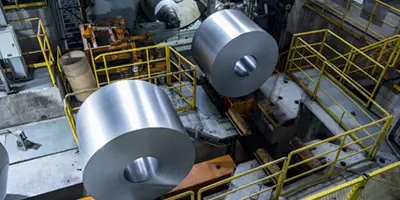
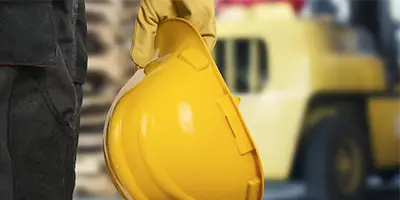
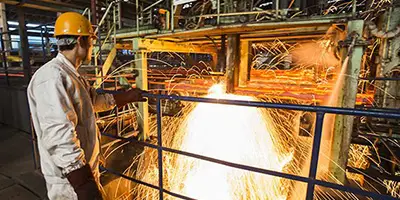
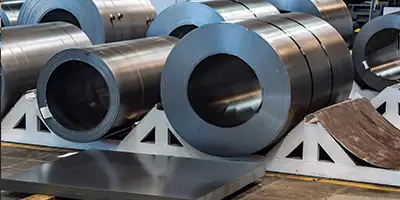

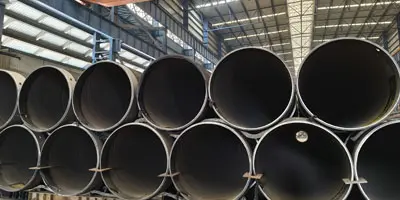
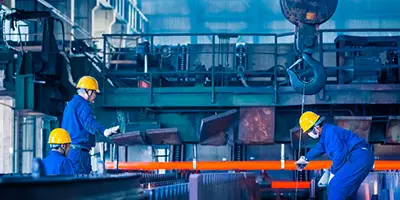
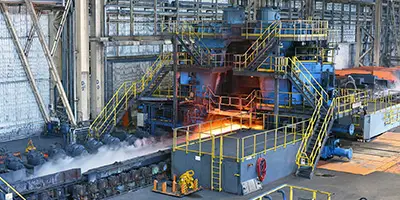
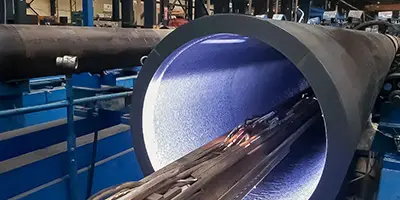
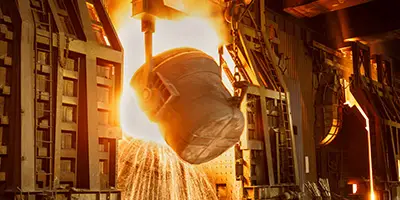
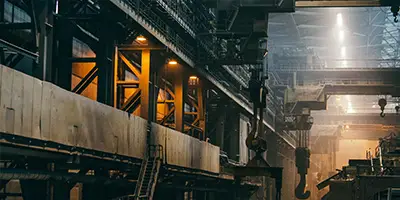

 Phone :
Phone :  Whatsapp :
Whatsapp :  Email :
Email : 


